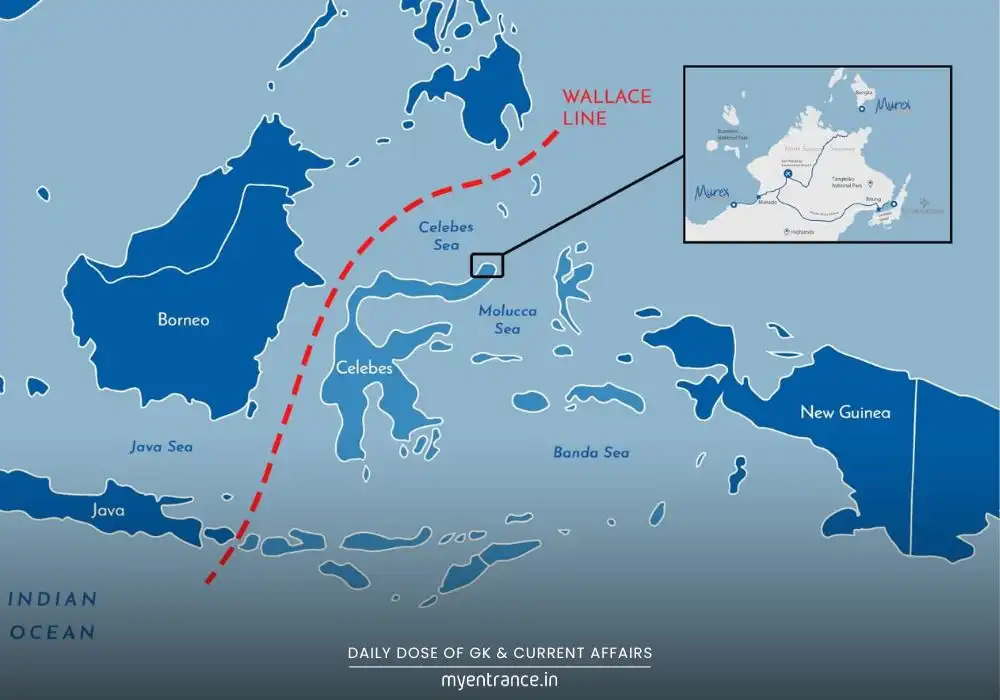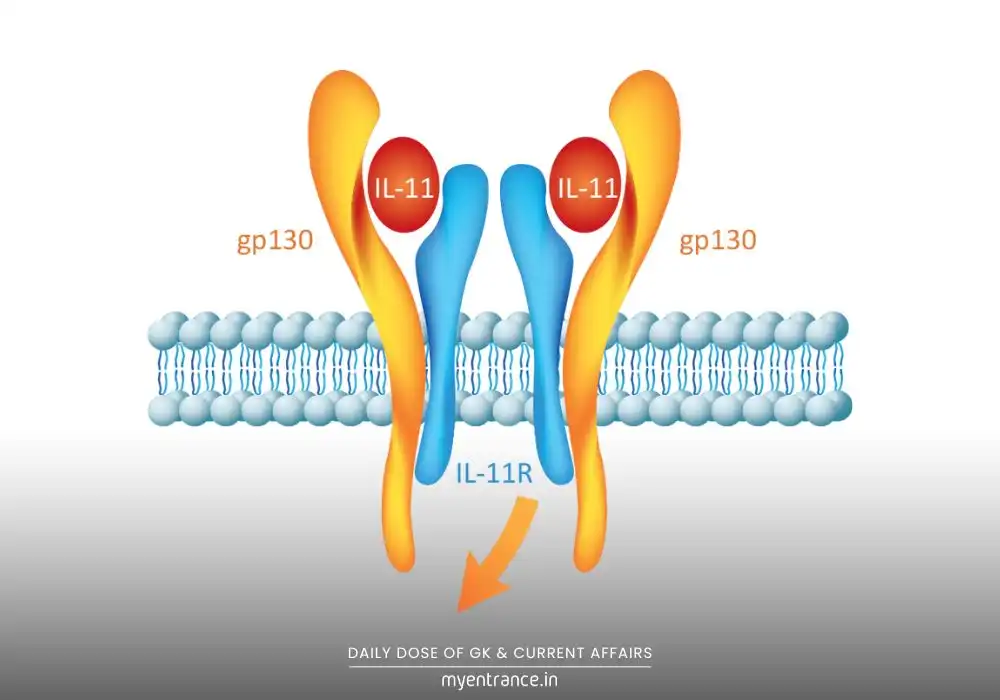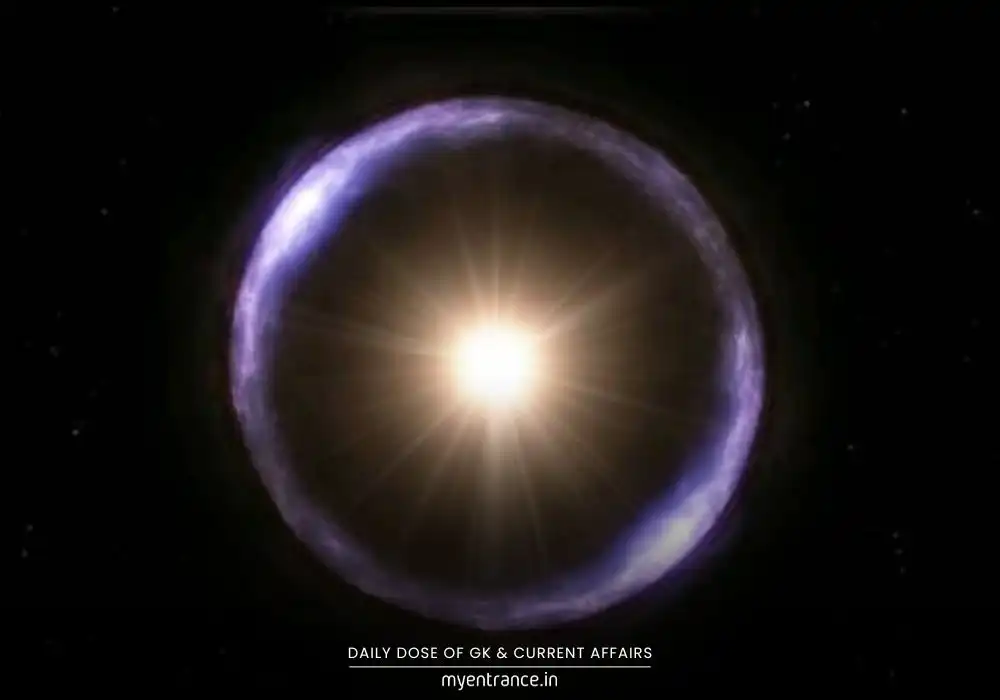Translate Language
What is the Wallace Line? The Evolutionary Divide That Baffles Scientists
The Wallace Line is an invisible yet powerful biological boundary in Southeast Asia, separating Asian and Australian wildlife. Despite being just miles apart, species on either side differ drastically—tigers and elephants on one side, kangaroos and cockatoos on the other. This article explores why this line exists, its impact on evolution, and its relevance for competitive exams.

What is the Wallace Line Mystery?
The Wallace Line is an imaginary boundary running through Indonesia, separating two distinct biogeographical regions:
West of the Line (Asian Side): Home to tigers, elephants, rhinos, and primates.
East of the Line (Australian Side): Dominated by marsupials, cockatoos, and unique bird species.
Why Does This Divide Exist?
Deep Ocean Trenches: The line follows the Makassar Strait, a deep underwater trench that prevented land bridges during ice ages.
Evolutionary Isolation: Species evolved separately for millions of years, creating distinct ecosystems.
Climate & Habitat Barriers: Even birds avoid crossing due to different food sources and environmental conditions.
Named after Alfred Russel Wallace, who first observed this divide in the 19th century, the line remains a cornerstone of biogeography—the study of species distribution.
Why is the Wallace Line Important for Exams?
Questions on the Wallace Line frequently appear in competitive exams like UPSC, SSC, PSC, and NDA because:
✔ It’s a key concept in Geography, Ecology, and Evolution.
✔ Helps understand biodiversity, species distribution, and natural barriers.
✔ Demonstrates how geography influences evolution—a crucial topic for science-based exams.
Questions & Answers on Wallace Line
Q1. What is the Wallace Line?
Ans: An invisible biogeographical boundary separating Asian and Australian wildlife in Southeast Asia.
Q2. Who discovered the Wallace Line?
Ans: British naturalist Alfred Russel Wallace in the 19th century.
Q3. Why can’t most species cross the Wallace Line?
Ans: Due to deep ocean trenches, evolutionary isolation, and habitat differences.
Q4. Which strait does the Wallace Line follow?
Ans: The Makassar Strait in Indonesia.
Q5. How does the Wallace Line support Darwin’s theory of evolution?
Ans: It shows how geographic isolation leads to distinct evolutionary paths, reinforcing natural selection.
Get 3 Months Free Access for SSC, PSC, NIFT & NID
Boost your exam prep!
Use offer code WELCOME28 to get 3 months free subscription. Start preparing today!















